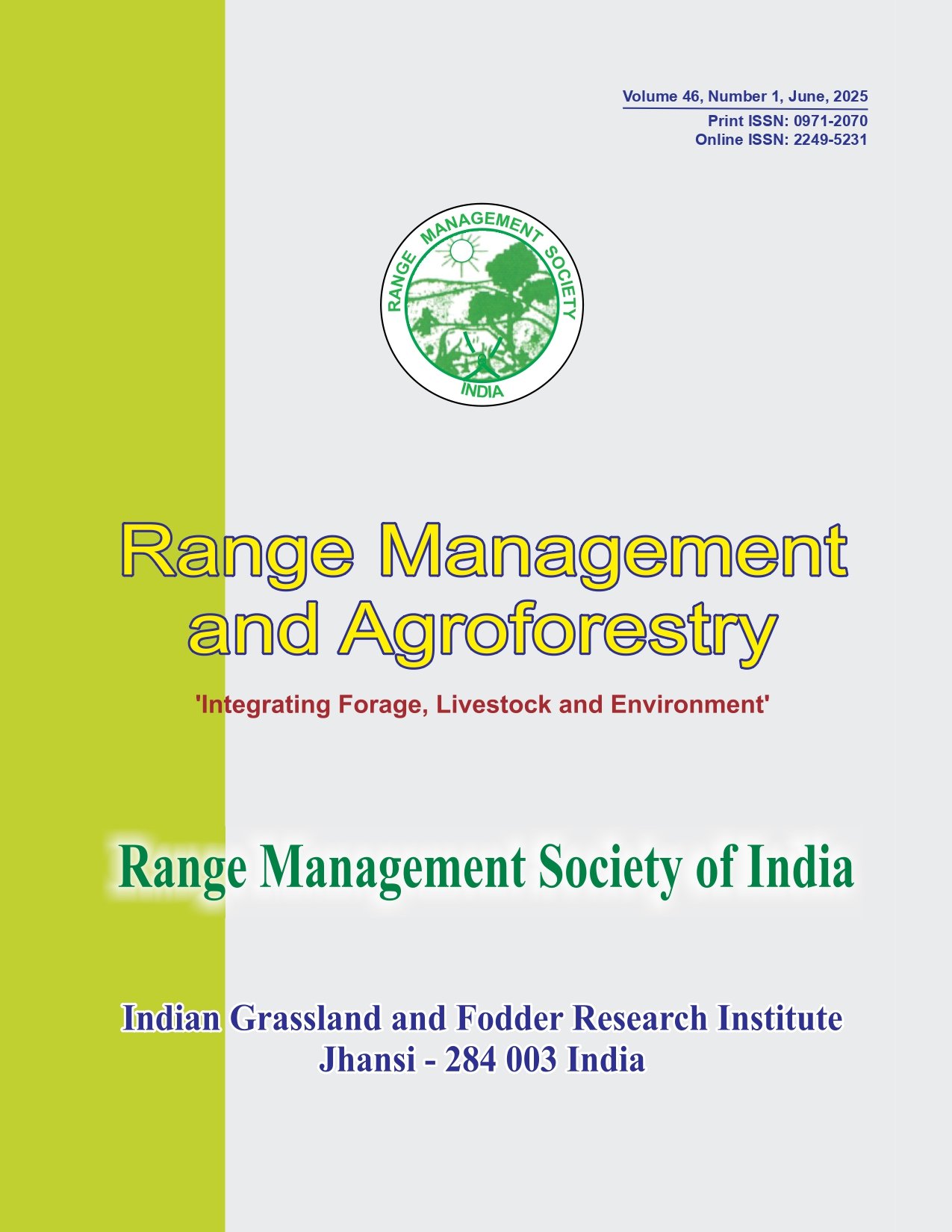Identification of the specific microRNAs to fall dormancy in alfalfa
Keywords:
Deep sequencing, Expression pattern, Fall dormancy, miRNAAbstract
MicroRNA (miRNA) is a form of small, non-coding RNA, and they are generated from single-stranded precursors with unique hairpin structures consisting of 18–25 nucleotides (nt). MiRNAs regulate their target genes by targeting miRNA cleavage and translational repression. MiRNAs have been reported to play an important role in many biological systems in many organisms, but little is known about miRNA in fall dormancy regulation in alfalfa. In our study, miRNAs were identified in dormant and nondormant alfalfa using deep sequencing and functional analysis to identify miRNAs that may impact fall dormancy. These miRNAs including some known miRNAs (e.g., miR172, miR166, and miRNA393) and novel miRNAs (e.g., novel-miR_1, novel-miR_3, novelmiR_18, novel-miR_42, novel-miR_77, and novelmiR_102,) were probably involved in fall dormancy.




